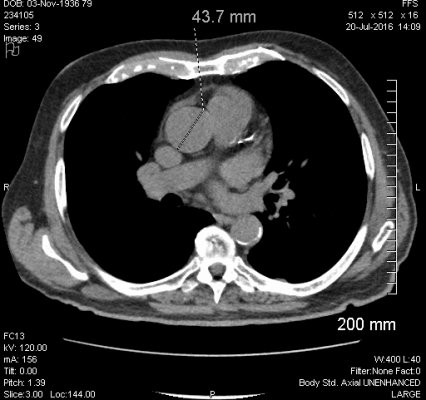eytonxav
Give me a museum and I'll fill it. (Picasso) Give me a forum ...
Nemo, can't offer you any advice other than wishing you get treated quickly and this all works out well for you. DW had a few family members die from aortic aneurysms, and this has always been a great fear for DW since she thought this could be an inherited trait, so she has had checks for it in the past and so far no indications.

 Glad it worked out for you.
Glad it worked out for you.


